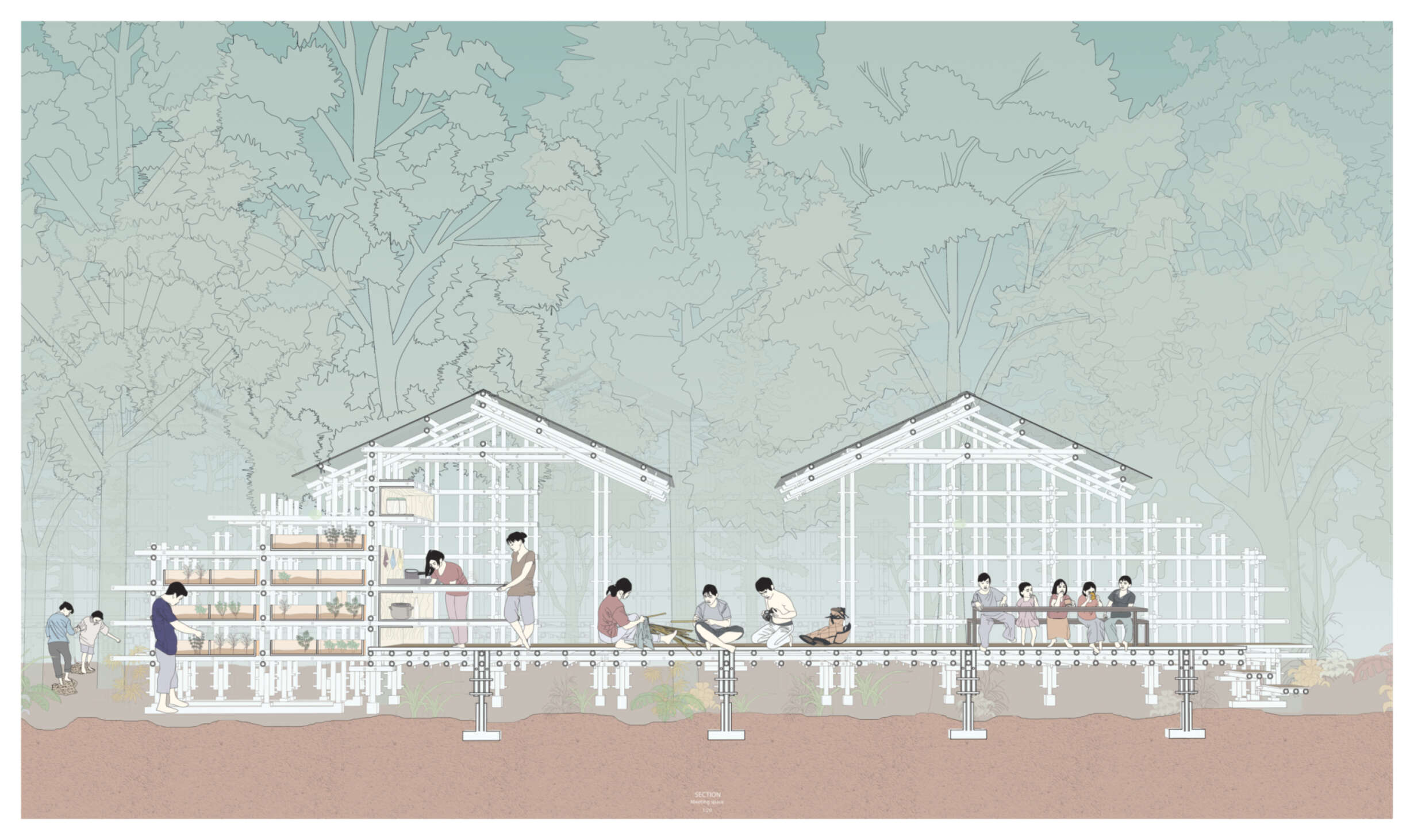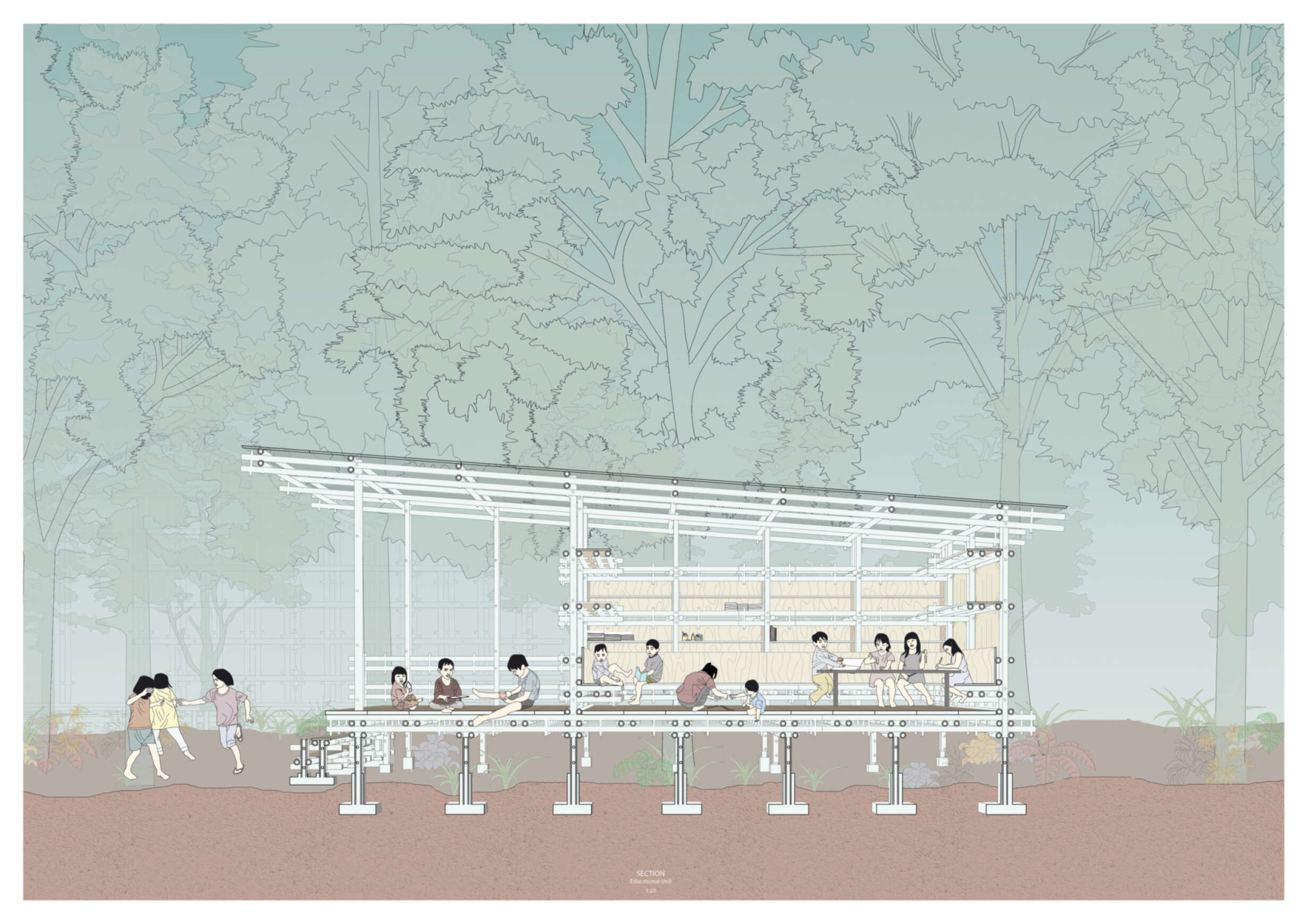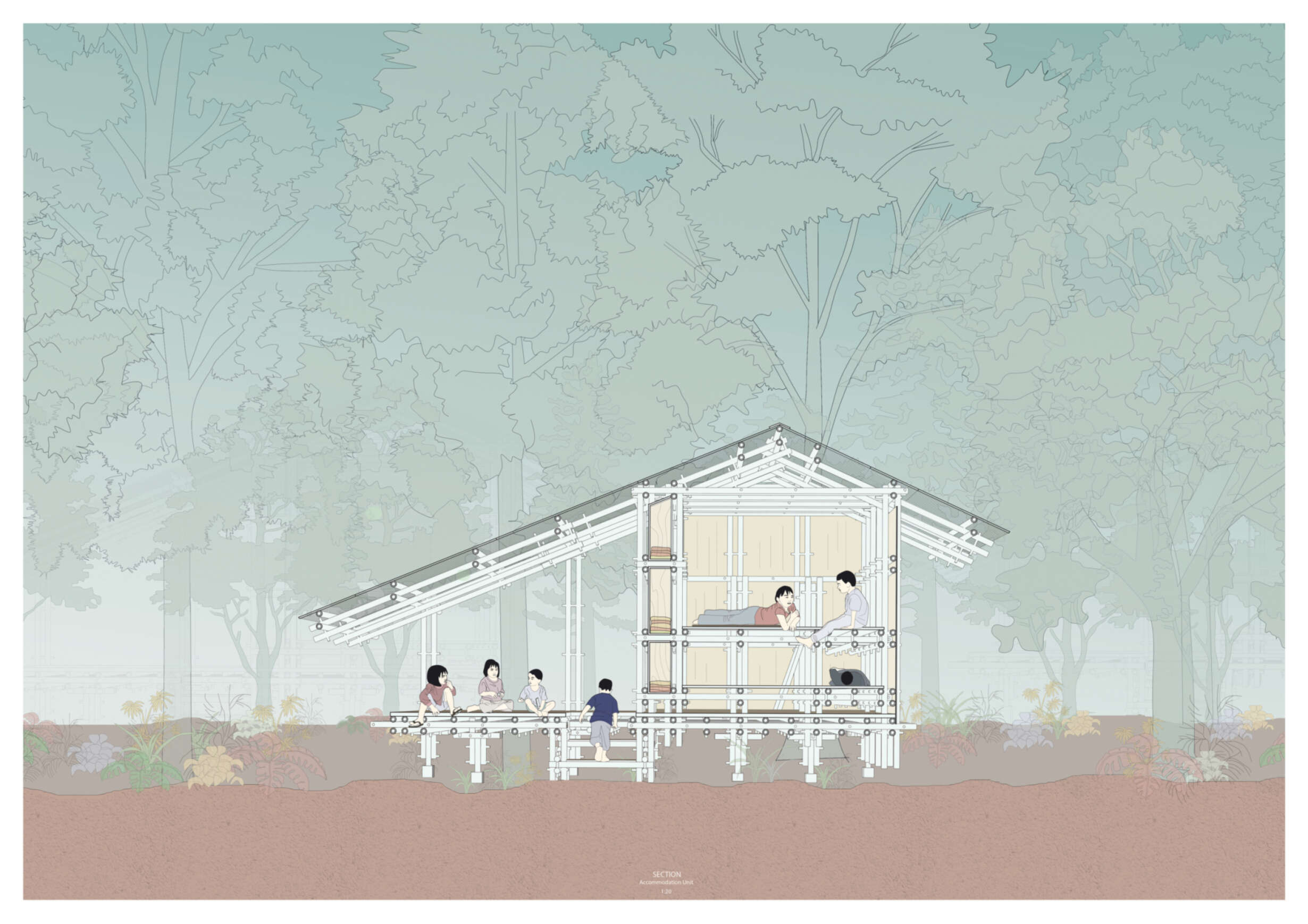The Paradigm Shift - Penan people
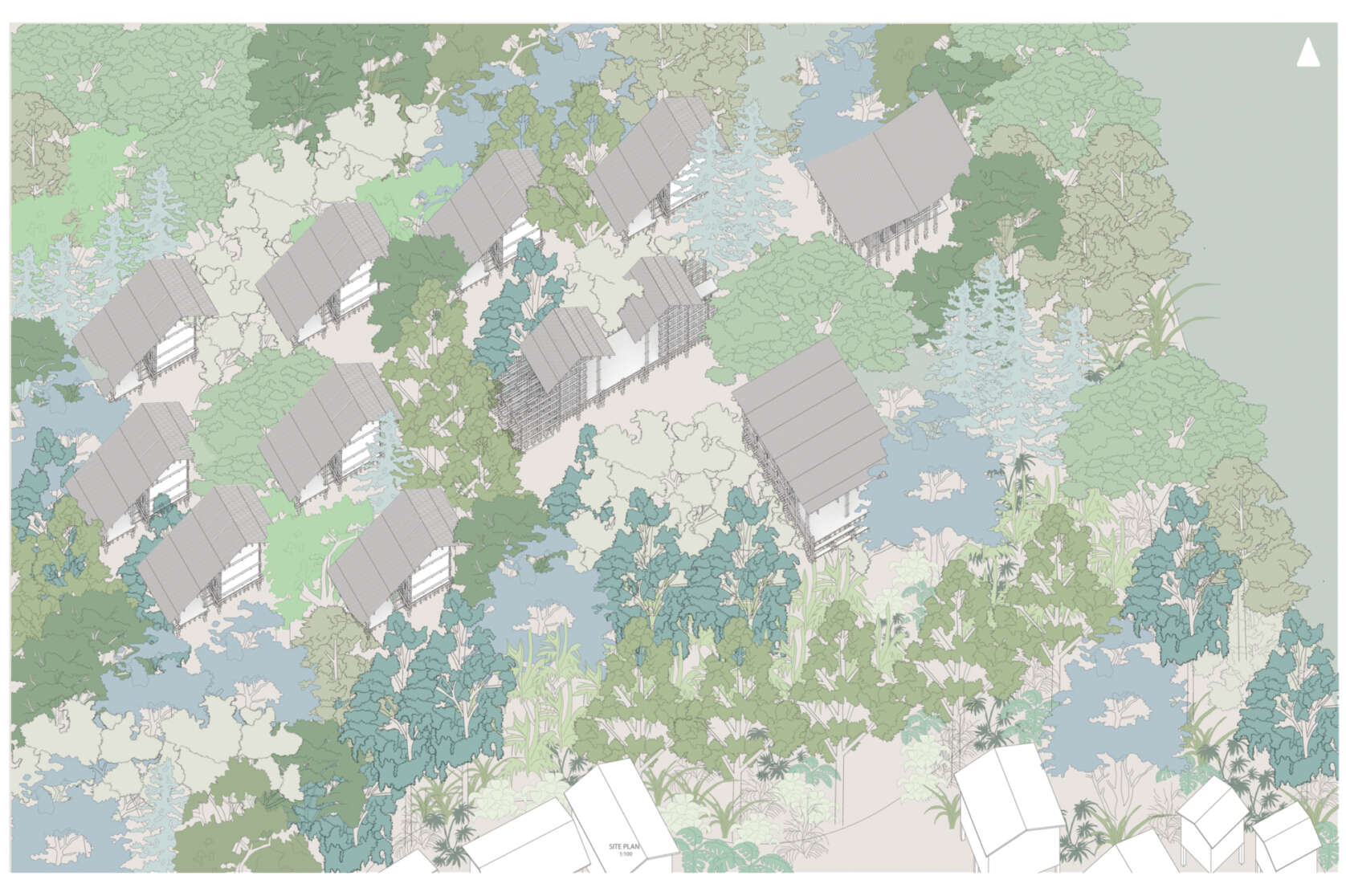
This project harnesses the importance of building process in understanding the methodology and building technique the nomadic Penan people employ each time they move.






This project harnesses the importance of building process in understanding the methodology and building technique the nomadic Penan people employ each time they move.
Due to large deforestation for the benefit of Malaysia’s economy and advancement, the Penans, a forest-nomadic indigenous tribe from Borneo, scrambles through paradigm shifts in their attempt of transition and transformation to a resettlement as they watch their homes being cleared away. This phenomenon resulted in the loss of culture and identity; causing a cultural collision between architectural traditional technology and modern technology. They have abandoned their traditional temporary nomadic huts and now live in wooden houses that are subjected to help and support from architects due to their limited knowledge and set of skills in building and maintaining houses.
Belonging to one of the minor tribes, the Penans are confronted with cultural, social and political discrimination. Governments and NGO’s have provided the Penans with shelters; albeit architecture that lacks an appreciation of their cultural and traditional values. This thesis aims to construct the notion of respect in the form of architecture through anthropological studies, appreciation for the depth of poverty as well as understanding the true meaning of nomadic architecture. Furthermore, it attempts to represent and translate nomadic architecture into permanent design principals.
My visit to a Penan resettlement in Borneo has given me great insight into the accessible local materials, modern technologies and jointing systems employed. Drawing on this research, a new series of hybrid jointing technology modular systems were formed, inspired by the old traditional lashing and the new mortise and tenon junctions to regenerate a new methodology that could be replicated and represented as a model in other Penan villages. For demonstrating and testing such potential of the jointing systems, prototypes have been made as well as developing it through four different architectural units to investigate its potential and the functions it can accommodate. This new modular jointing technology is a suggestion towards a new investment for the future and of political help.
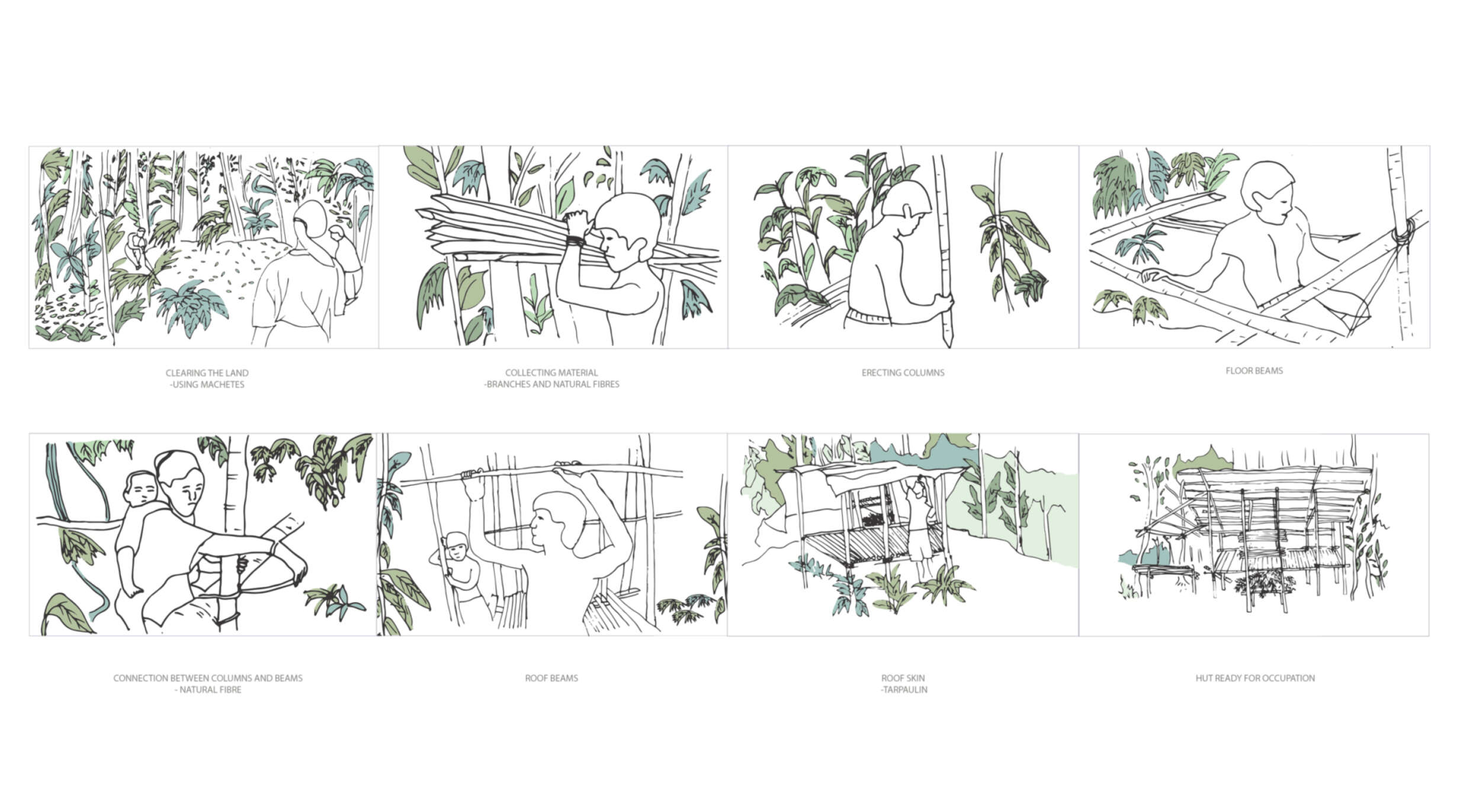
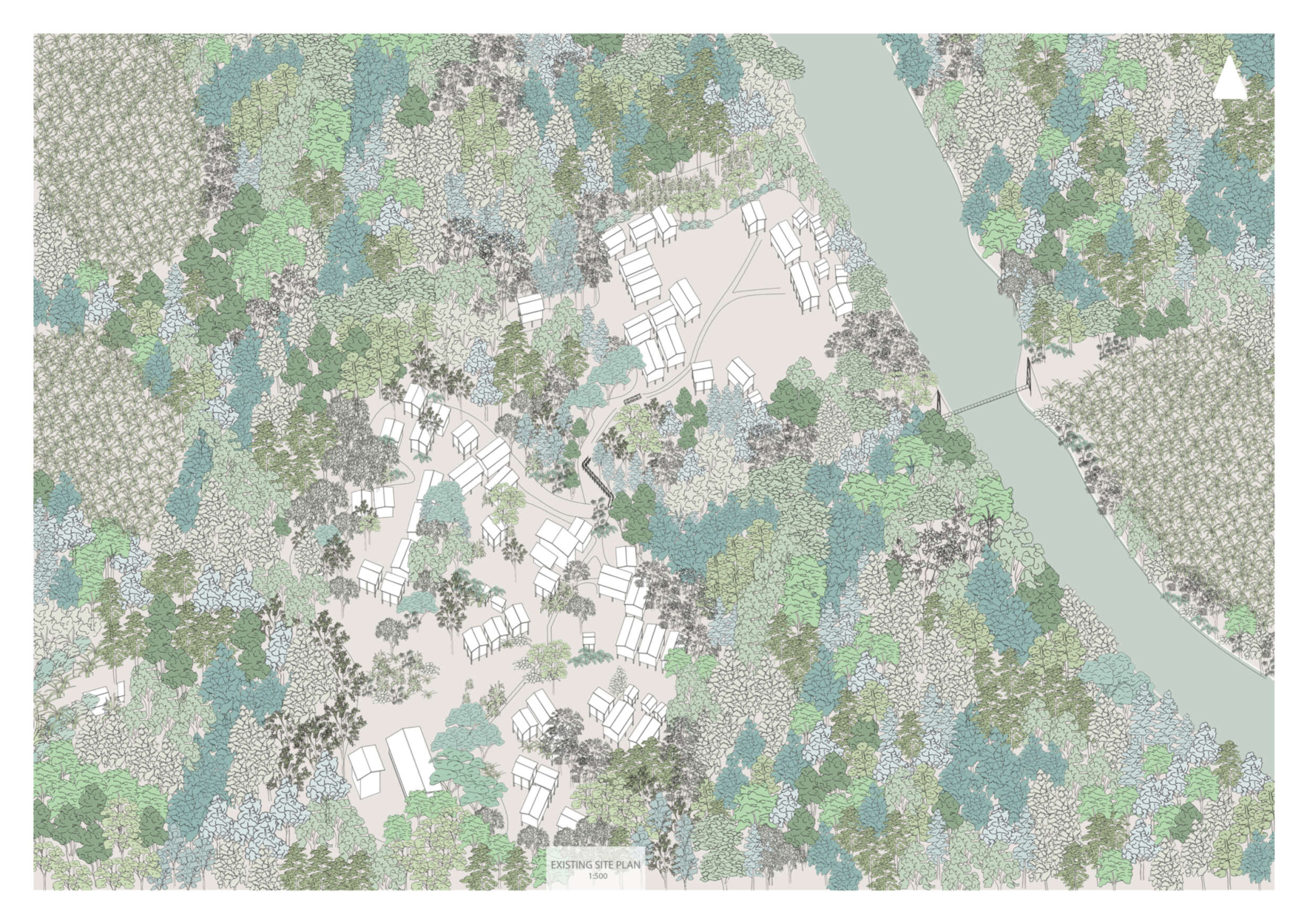
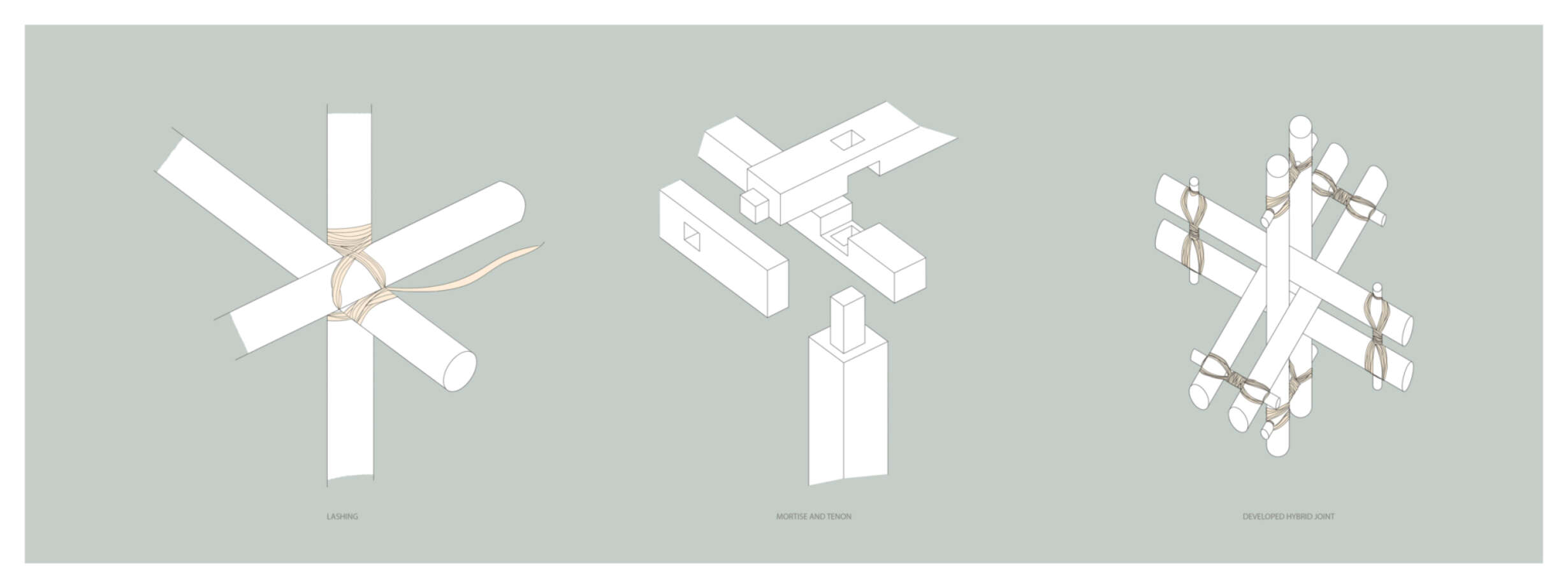
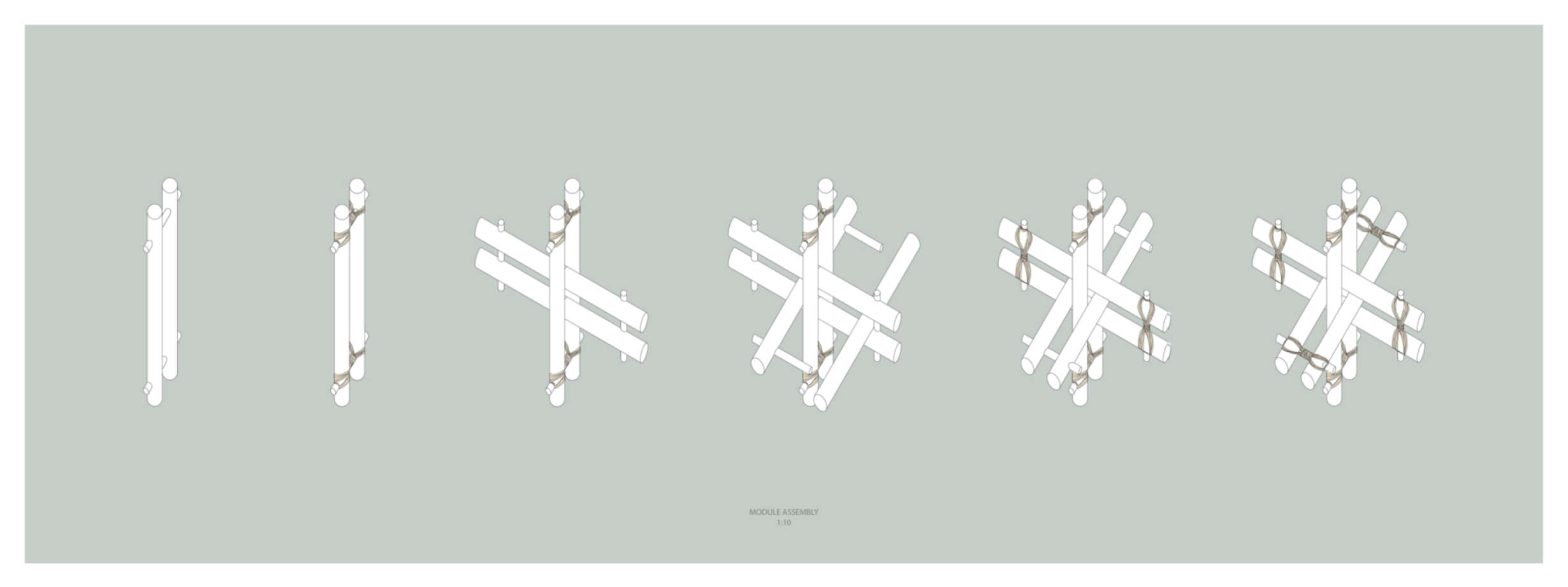
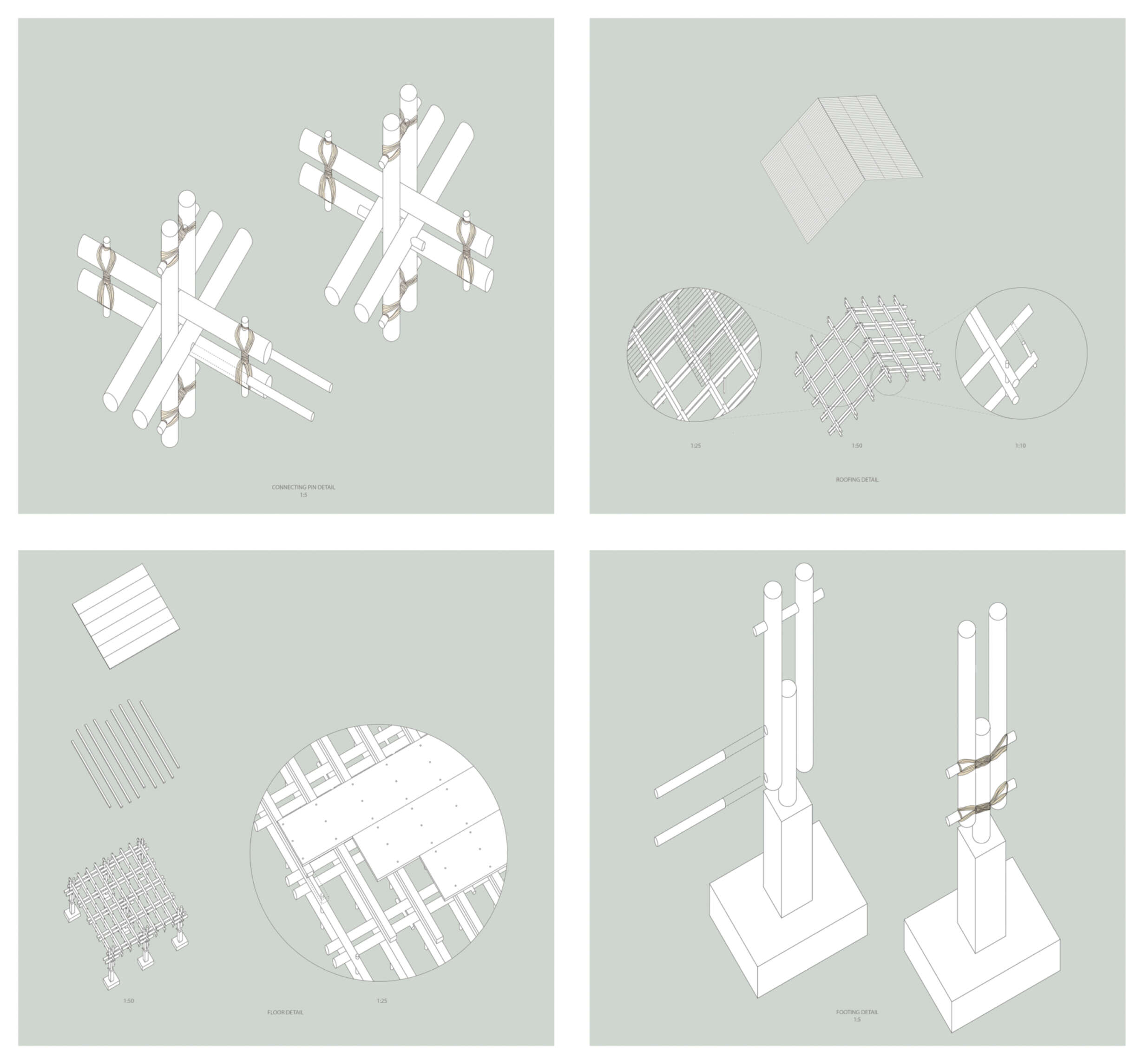

To test the potential of the new technology, four units have been developed - Meeting Space, Educational Unit , Accommodation Unit and Toilet Unit.
